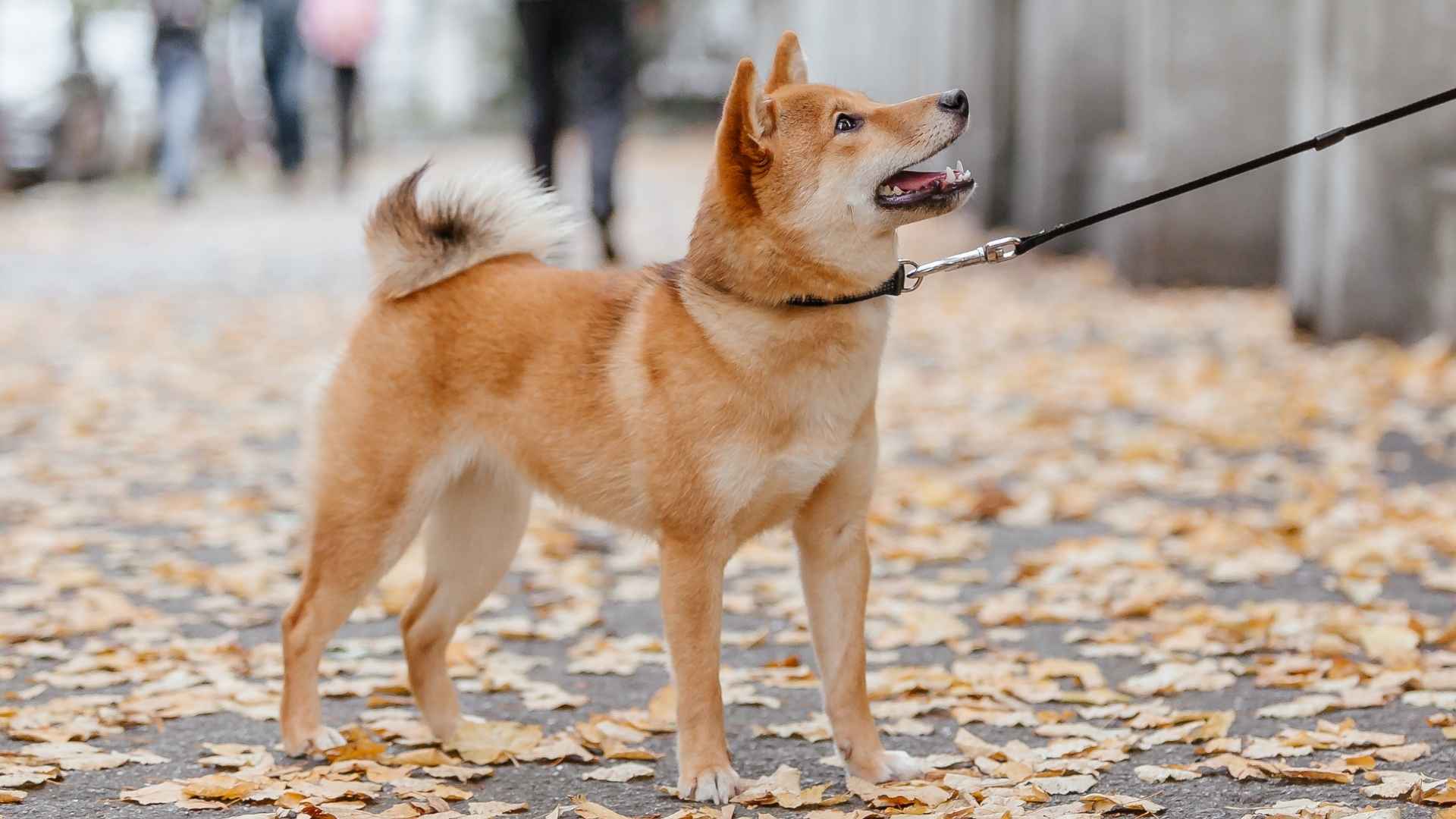Dogs are bundles of joy, known for their loyalty, playfulness, and that heart-melting look they give when they want a treat. But let’s be honest—not all pups are eager to sit, stay, or roll over on command. Some of them are downright headstrong!
While many breeds are easy to train and eager to please, there are a few that march to the beat of their own tail-wagging drum. These independent, often hilariously stubborn pups aren’t misbehaving—they’re just wired differently. They’re smart, emotionally aware, and often too curious (or proud) to follow orders blindly.
If you’re thinking about bringing home one of the most stubborn breeds, don’t worry—you’re not making a mistake. With patience, consistency, and maybe a few extra treats, these hardheaded companions can become loyal and loving pets. In this guide, we’re spotlighting the most stubborn dog breeds that are equal parts challenge and charm.
Most Stubborn Dog Breeds
1. Afghan Hound
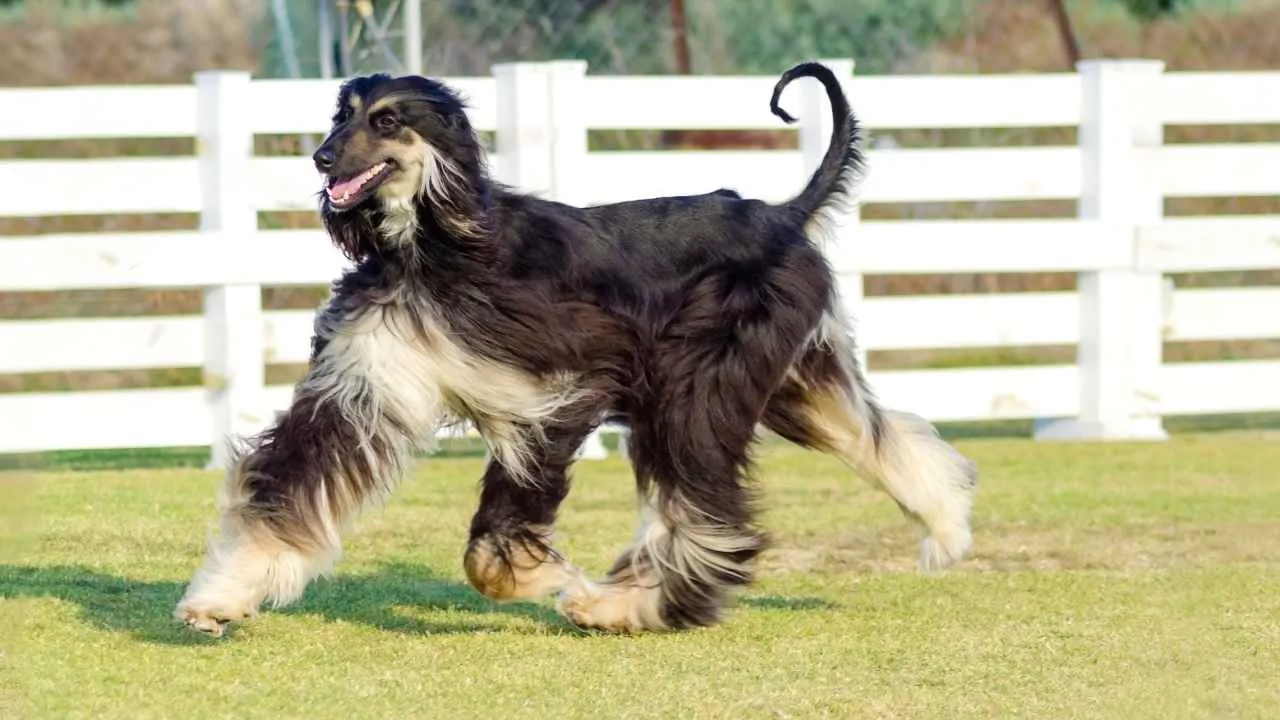
The Afghan Hound is basically the supermodel of the dog world—tall, graceful, and rocking a silky coat that turns heads everywhere.
Originating from the rugged mountains of Afghanistan, these ancient hunters were bred to think and act independently, which explains their bold and strong-willed temperament today.
While Afghan Hounds are incredibly intelligent, don’t expect them to jump at your every command. They’re more of the “let me think about it” type, often choosing to follow their instincts over your voice.
This makes training a bit of a challenge, but not impossible. With consistency, positive reinforcement, and a good sense of humor, they’ll come around (eventually).
These high-energy pups need plenty of exercise and love to run—seriously, they can hit speeds up to 40 mph! So, unless you’re ready to sprint after them, keep that leash handy. They’re graceful, glamorous, and yes, a little stubborn—but that’s part of their charm.
2. Basenji
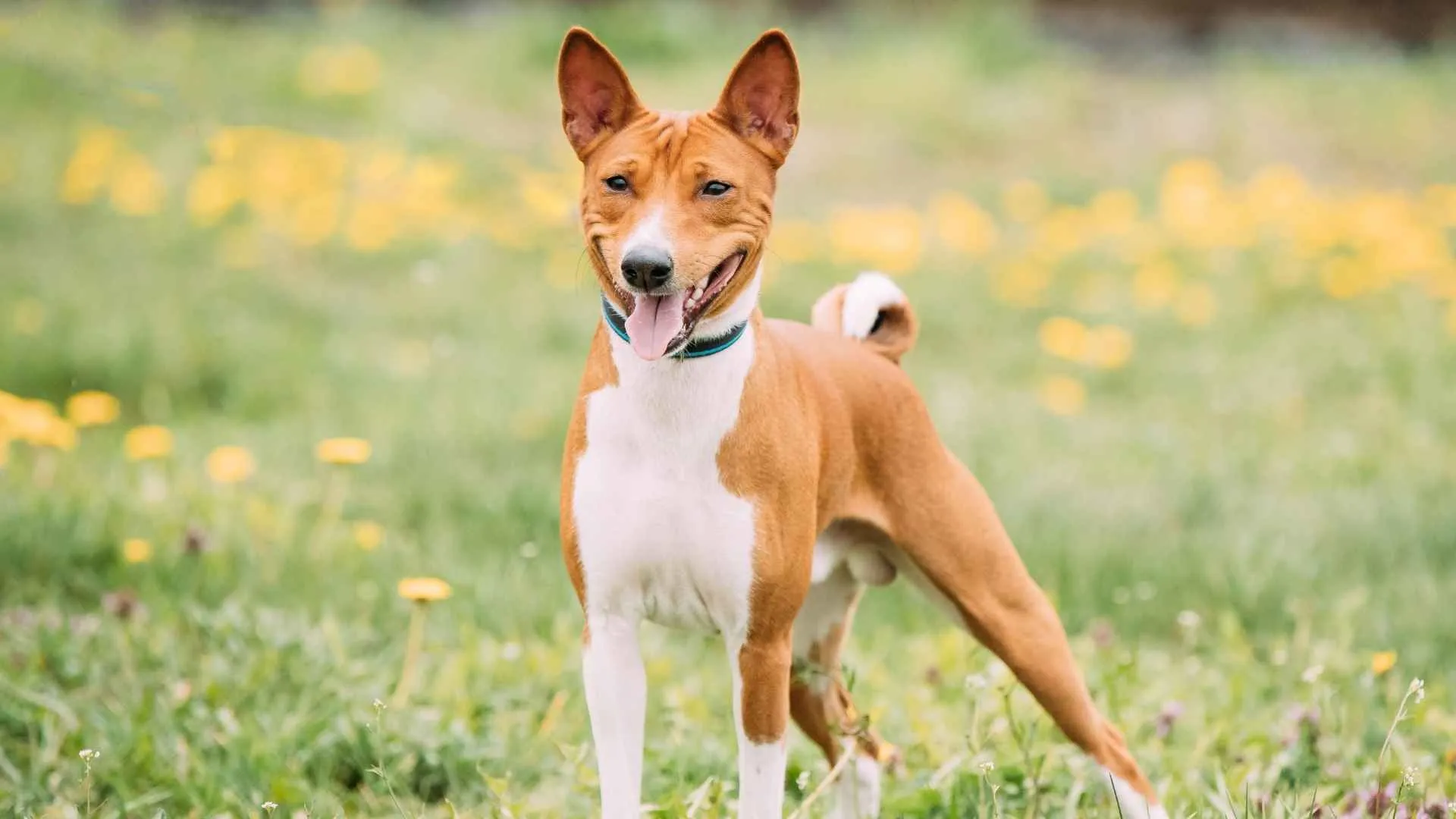
Meet the Basenji—an ancient African hunter with a cat-like demeanor and the athleticism of an Olympic jumper. Originating from the Congo and Sudan, these sleek, barkless dogs earned their reputation with a unique “barroo” sound and an independent, no-nonsense attitude.
Basenjis are fiercely intelligent and wildly self-assured, which makes them fascinating companions—but definitely not for first-time dog owners. They’re not the type to follow commands just because you asked nicely (or even bribed them with treats). Training a Basenji is more like negotiating with a very opinionated roommate who happens to chase squirrels.
Their hunting roots give them a strong prey drive and serious escape artist skills. Think high jumps, climbing fences, and darting off after anything that moves. Because of this, a secure outdoor space and constant supervision are a must, states WebMD.
Basenjis aren’t big on cuddles-for-the-sake-of-cuddles either—they show affection on their terms and value mutual respect over blind obedience.
Socialization and early training with positive reinforcement are key. Keep sessions short, upbeat, and varied to keep their attention. Basically, train them like you would a cat—with love, patience, and a good sense of humor.
3. Chow Chow
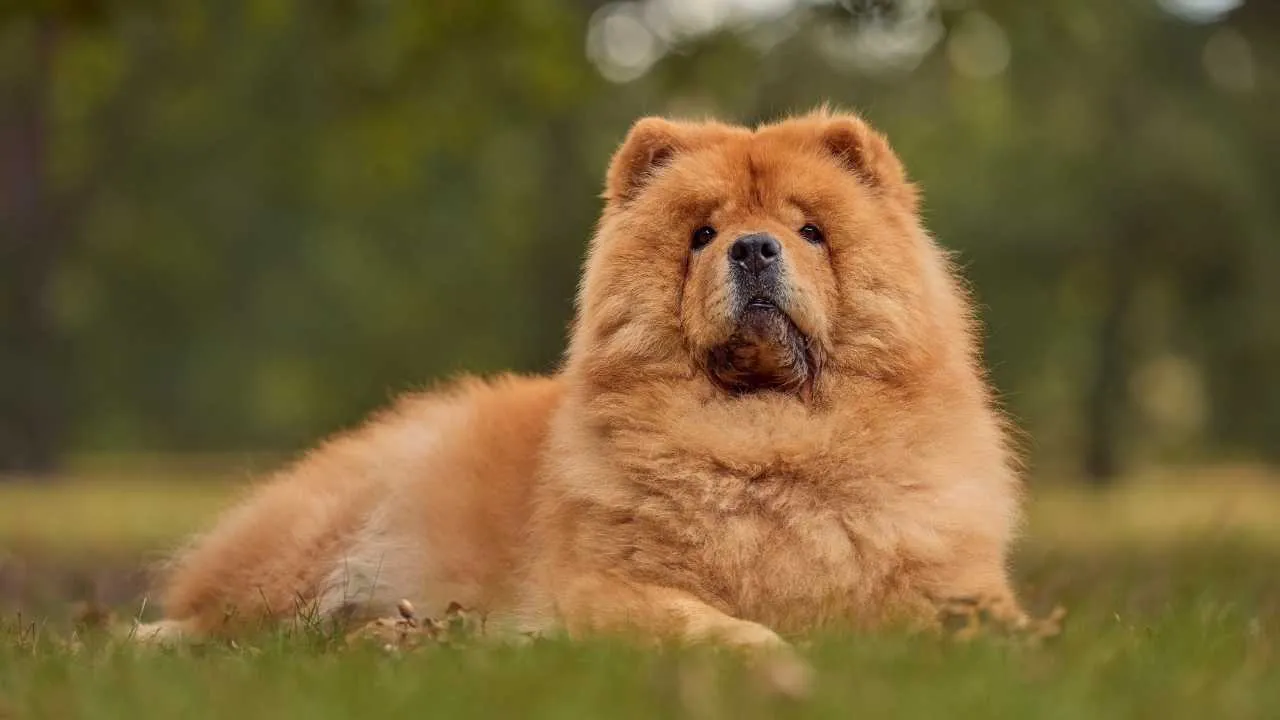
With a mane like a lion and a blue-black tongue that adds to its air of mystery, the Chow Chow is one seriously striking pup. Hailing from ancient China—think Han dynasty era—this breed was once a hunter, guardian, and, yes, even (unfortunately) a food source. Thankfully, today’s Chows are more likely to be curled up at your feet than anything else.
Chows have independent personalities and are most likely to ignore commands. They’re intelligent but prefer doing things their own way, which makes training sessions more of a chess match than a game of fetch. Think calm, consistent, positive reinforcement—and maybe a little creative bribery.
While devoted to their families, Chow Chows tend to be aloof with strangers and other dogs. Their guard-dog past shows in their natural protective instincts, so early socialization is a must to help them warm up to new faces without turning into barky bodyguards, states Britannica.
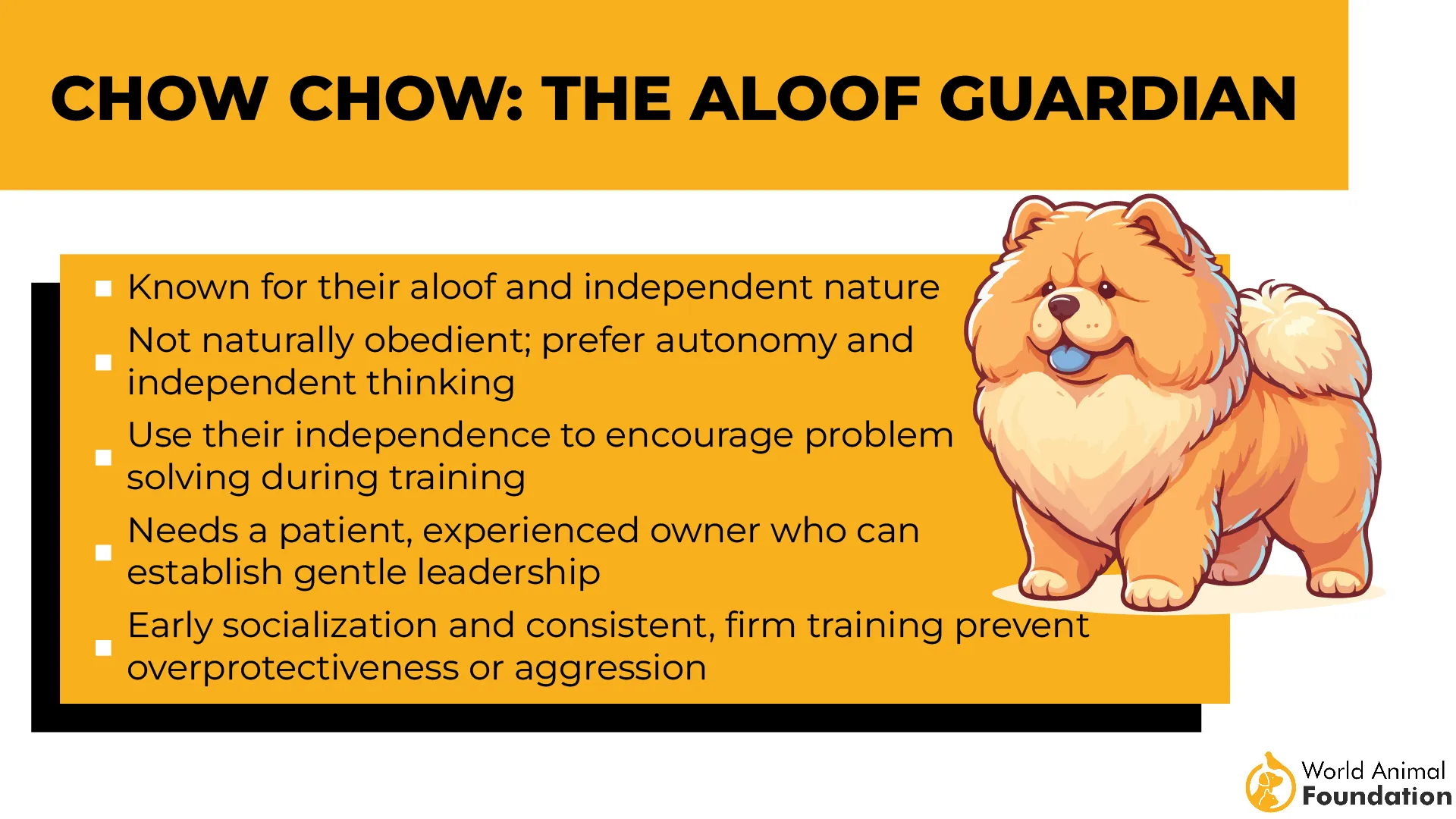
These fluffballs aren’t particularly playful or energetic, especially as adults, and they’re not the best pick for households with rowdy little kids.
But if you’re after a calm, confident companion who keeps the drama low and the loyalty high, a Chow Chow just might be your perfect (fuzzy-footed) match. Just don’t expect them to play fetch—they’re far too regal for that.
4. Bulldog
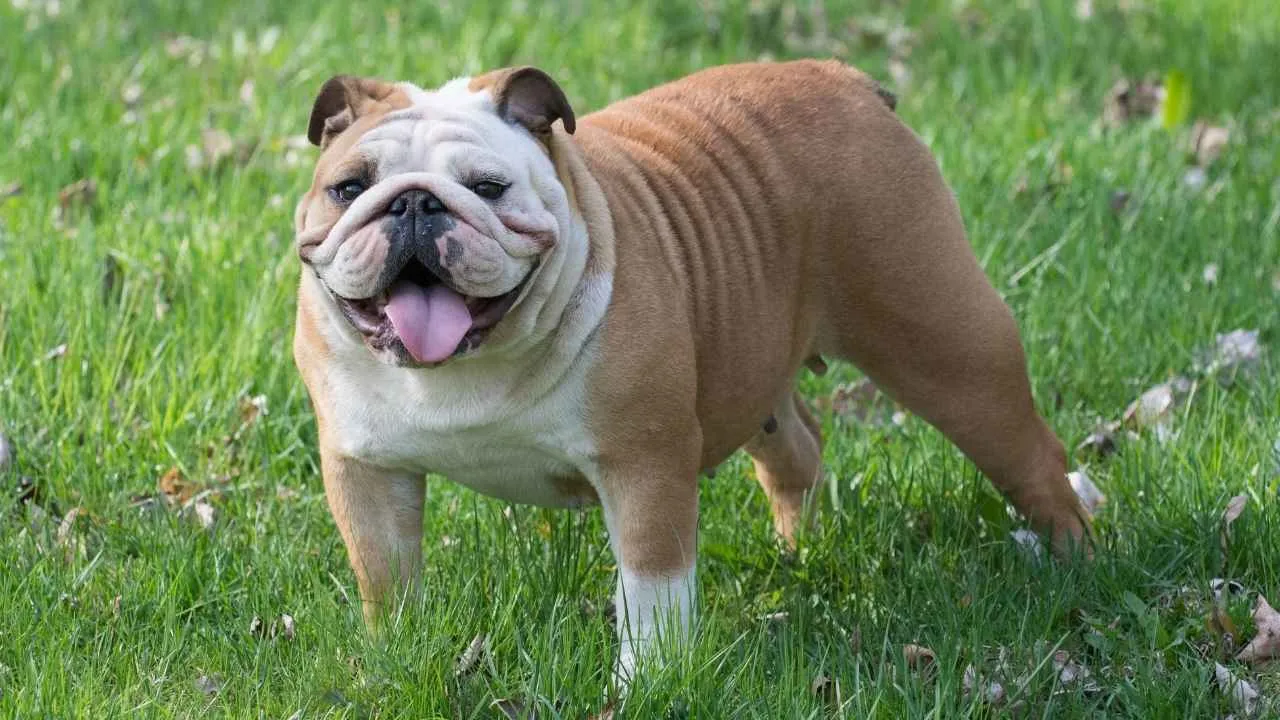
With their wrinkly mugs, squat build, and signature waddle, Bulldogs are impossible to mistake for any other breed. But don’t let that grumpy face fool you—these chunky charmers are loyal, lovable, and full of personality. They’re the kind of dog that will happily sprawl across your lap, all 50 pounds of them, convinced they’re still a lapdog.
AKC states that originally bred for bull-baiting (hence the name), modern Bulldogs have more laid-back attitudes and are couch potatoes than combatants. Still, that stubborn, brave streak from their past hasn’t gone anywhere. They’re known for their “selective hearing” and love to test the boundaries—especially if it’s raining outside and you suggest a potty break. Good luck with that.

Training a Bulldog is like reasoning with a toddler in a dog suit. They need motivation, patience, and clear boundaries. Show them who’s boss (nicely), and they’ll eventually follow your lead—though expect some serious side-eye and a dramatic sulk or two along the way.
Ah, yes, the Bulldogs sulk. If you’ve hurt their pride—even if you don’t know how—they might sit facing the wall in deep reflection, ignoring your pleas for reconciliation. It’s all part of their charm. Despite the occasional drama, they’re gentle with kids, surprisingly good with other pets, and absolutely live to be the center of attention.
Bulldogs may not be the fastest learners, but they’re entertainers at heart. Their clownish behavior, wiggly greetings, and over-the-top expressions of affection make them unforgettable companions. Just be ready for a dog with the attitude of a diva and the heart of a marshmallow.
5. Shiba Inu
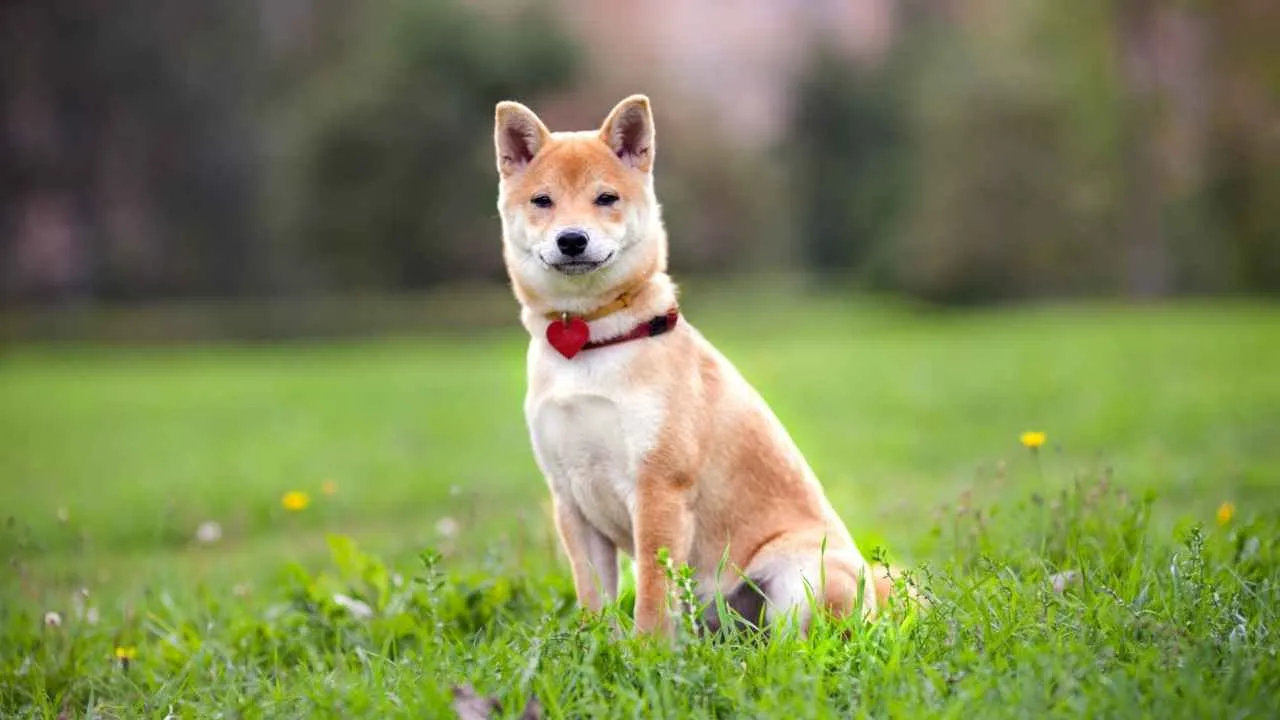
The Shiba Inu is a compact, confident little dog with a bold spirit and a face that screams “mini fox.” Hailing from Japan, this ancient Spitz-type breed was originally bred for hunting—something you’ll quickly believe once you see their sharp ears, curled tail, and unshakeable independence.
Don’t expect a Shiba to blindly follow commands—they’re clever, self-assured, and like doing things their way. Training requires patience, consistency, and a good sense of humor. That said, they’re incredibly loyal to those they trust and impressively clean, often likened to cats in their grooming habits.
Shibas aren’t big barkers, but they sure know how to communicate. From yodels to purrs to their infamous high-pitched “Shiba scream,” these quirky vocalizations are part of what makes them so entertaining—and unmistakably unique, states Petplan.
Due to their strong prey drive and escape-artist antics, off-leash play is risky unless you’re in a secure space. Thanks to their intelligence and natural curiosity, they are always looking for a challenge, making them better suited for experienced owners who can set clear boundaries from a young age.
While not the best match for households with small kids, in the right environment with older children or dog-savvy adults, the Shiba Inu shines as a loyal, hilarious, and utterly unforgettable companion.
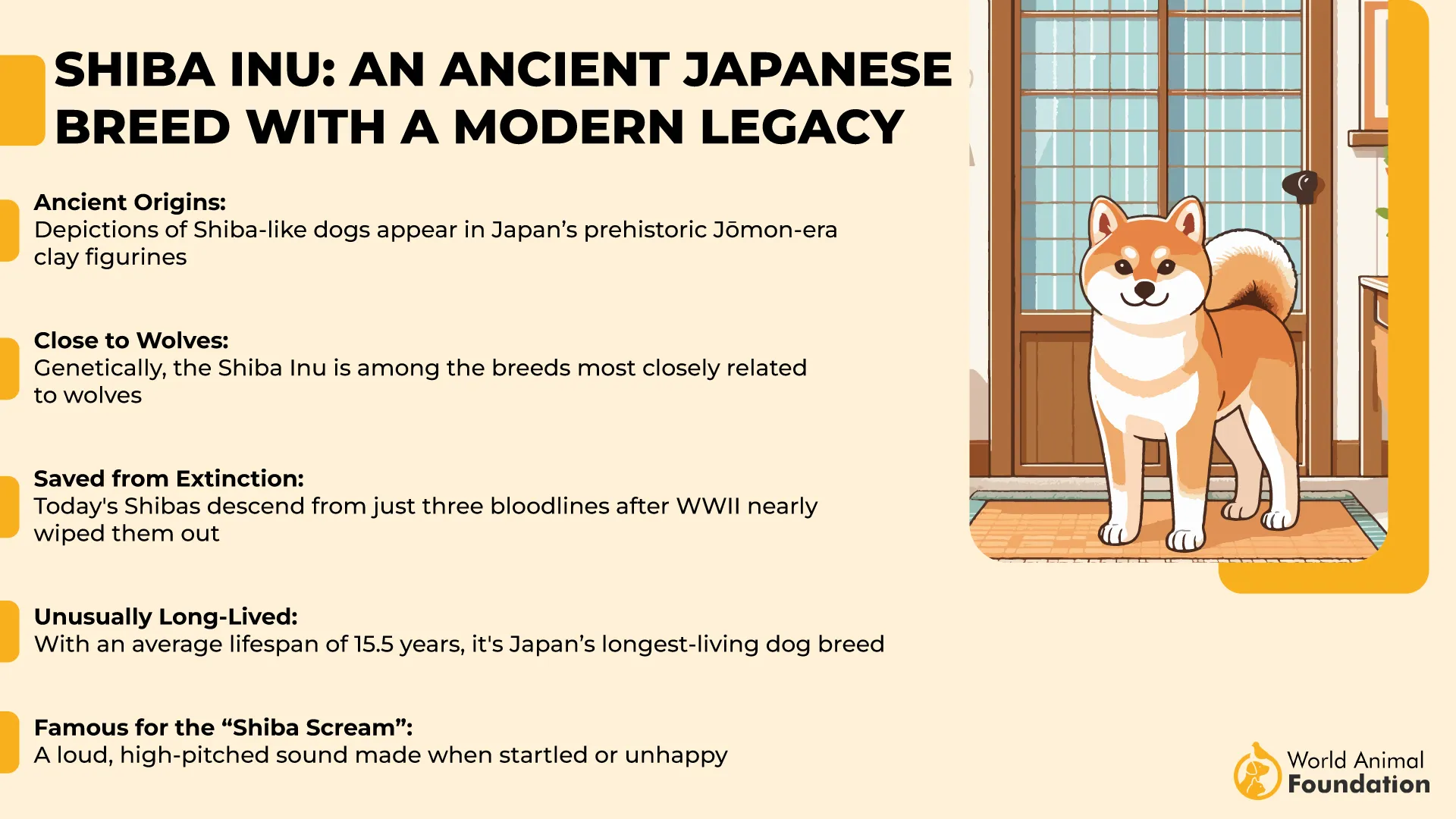
And hey, if you think they look familiar, you’re probably right—thanks to the iconic “Doge” meme, one Shiba named Kabosu basically became the internet’s most beloved face.
6. Dachshund
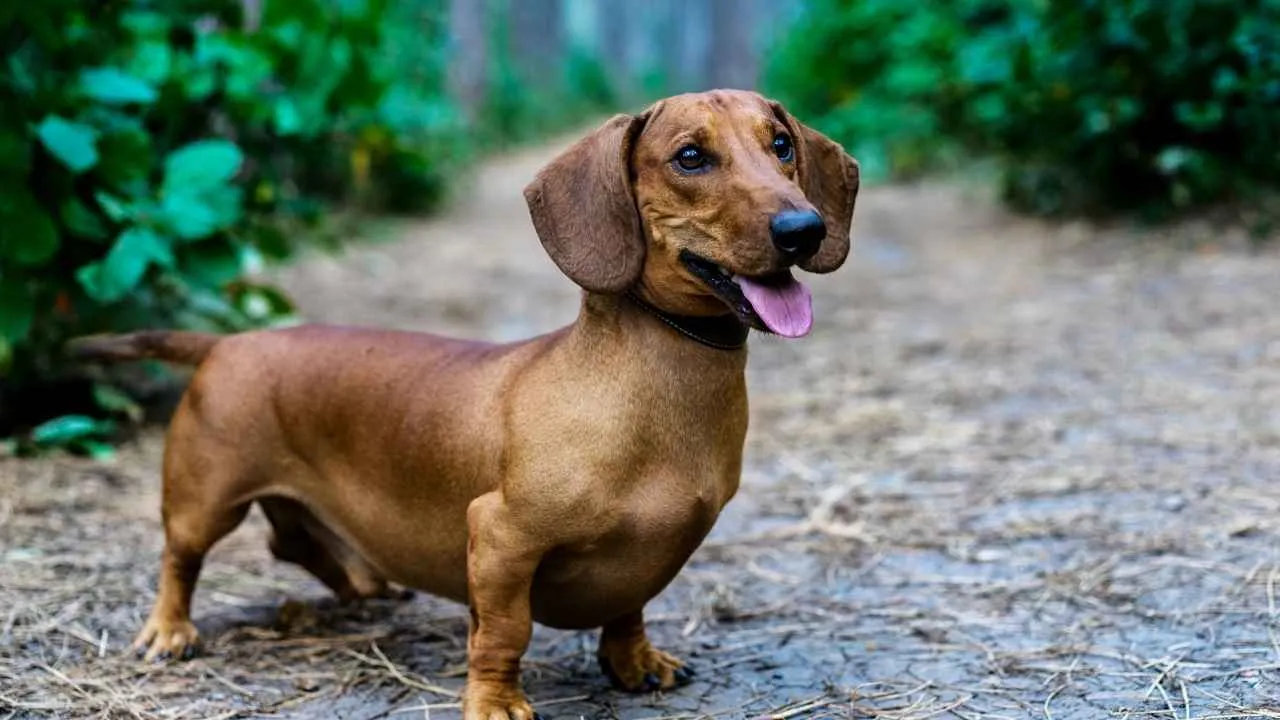
Dachshunds may be short on legs, but they’re big on personality. Originally bred to dive headfirst into hunting badger burrows (yes, badgers), these long-bodied little warriors are brave, bold, and not the least bit shy about voicing their opinions. Their hunting past gave them an independent streak a mile wide—and they haven’t looked back since.
Training a Dachshund? Think of it more as a negotiation. These dogs are clever and a little manipulative (in the cutest way possible), so they need consistent, positive training that keeps them engaged.
They’re not disobedient to be difficult—it’s just that they genuinely believe their way is better. The key? Be more stubborn than your sausage dog (without losing your sense of humor).
If your Dachshund barks at every little sound, you’re not alone. These tiny watchdogs love announcing every passerby and reacting to the world around them. The good news? With consistent training, even the most vocal “neighborhood sheriff” can learn to tone it down.
Despite their feisty behavior, Dachshunds are fiercely loyal and deeply attached to their people. They tend to act like they’re ten feet tall, often bossing around dogs (and occasionally humans) much bigger than themselves, states Purina.
This brave little spirit is part of their charm, but it can get them into trouble if not guided gently but firmly. With the right approach, you’ll unlock a confident, hilarious, and endlessly entertaining companion.
7. Scottish Terrier

Scottish Terriers—aka Scotties—aren’t your typical cuddly lapdogs. These bold little dogs were bred to be scrappy vermin hunters, capable of working alone without human direction. From farms to wartime trenches, Scotties earned their keep by facing down pests with zero hesitation. That independent streak? Still going strong today.
Scotties are known for their powerful jaws, quick reflexes, and a serious chase drive. If it moves, they’ll want to follow. They’re not ignoring you on purpose—they’re just wired to act first and think later. And when it comes to training? Let’s just say you’ll need consistency, creativity, and a whole lot of patience.
Scotties don’t obey because they want to please—they do it because they see the benefit. Skip a rule just once, and you’ll quickly find out who’s really in charge. Early training with a firm but kind hand is essential, and a professional trainer can be a game-changer for first-time Scottie parents.
Scotties are loving and deeply loyal and have that self-sufficient nature. They like their own space, their own bed, and definitely their own food bowl. They’re not into being babied, but they’ll happily patrol your home like a pint-sized security guard.
Want to make your Scottie happy? Give them a front-row view of the world. A window perch or regular yard time helps them feel in control of their “territory.” They thrive on routine and get a little sulky when things are out of order.
Conclusion
In conclusion, a dog’s stubborn streak often stems from their rich history and strong sense of independence. Breeds like the Jack Russell Terrier, Beagle, Husky, and Basset Hound were developed to work independently, making them naturally headstrong.
Even working dogs and herding breeds, known for their decision-making skills, may resist training methods if not offered positive reinforcement or a stable environment. While some breeds like Golden Retrievers and Cocker Spaniels are more easily trained, many dogs—especially small breeds with strong personalities—require patience, consistency, and sometimes professional help.
Whether it’s a laid-back Rottweiler or a spirited Jack Russell, understanding a particular breed’s emotional needs and history is key to encouraging cooperation and teaching lasting behaviors.


